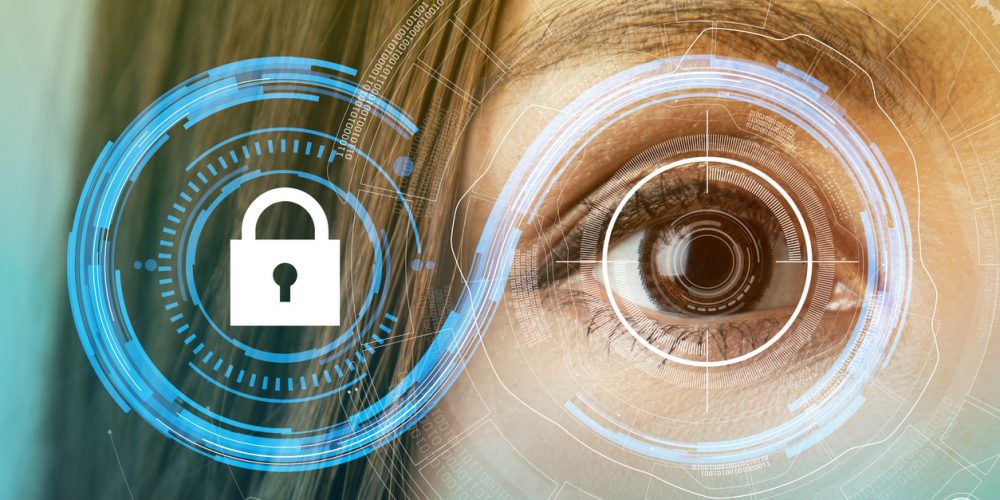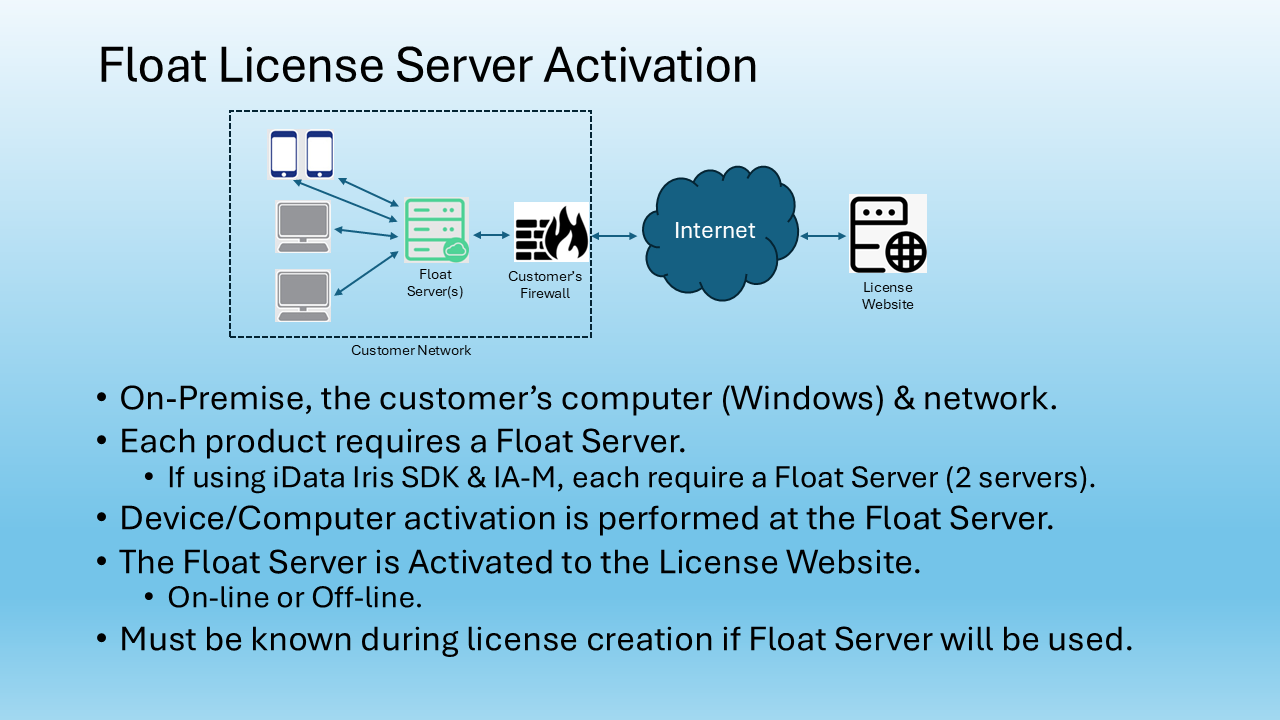Visit us at ISC West, booth #10017, July 19-21 in Las Vegas
Stop and think of how many sites count on plastic access control cards – often capable of being cloned or stolen – to ensure only authorized people gain entry to mission-critical locations. Nuclear medicine facilities, data centers and casino cash rooms are among the many sites requiring an added layer of access control.
Biometrics offer two-factor authentication (TFA), a process that ensures that a card-carrying individual is the person he or she claims to be. A biometric reader may add a second or two to the entry process but more than pays for the minor inconvenience by keeping people, data and materials well protected.
Today’s smart access control cards offer better protection than the still widely used Wiegand protocol requiring a simple tool to capture the transmission between the card and reader to create a working clone. Many smartcards add TFA with the addition of a person’s biometric trait to an embedded smart chip.
Selecting the best biometric from the many available modalities is challenging. Voice or writing patterns, a person’s gait or hand geometry, have supporters. But security professionals overwhelmingly choose fingerprint, face and iris recognition. The reason behind the choices is simple; in thousands of installations over many years, these technologies work well. However, touchless face and iris biometrics make people safer and more at ease than contact-based fingerprint readers during a pandemic.
Iris-based systems work well with personal protective equipment such as gloves, masks and goggles, which is not always true with facial biometrics. Also, numerous studies, including two recently conducted by the federal National Institute of Standards and Technology, showed facial systems failed to correctly identify some people of color and disabled persons.
There’s no room for error when it only takes one bad person to wreak havoc by entering a site vital to the operation of an organization – or maybe a nation. Proven reliability is one reason iris biometrics continue growing at a rapid pace.
Iris ID has researched, developed and produced iris-based products since 1997. Our IrisAccess® recognition platforms daily authenticate the identity of millions of people worldwide – more than all other iris recognition systems combined.
Join us at the International Security Conference (ISC West) July 19-21 in booth #10017 at the Sands Expo Center in Las Vegas. We’ll be happy to show you how we provide access control for some of the world’s most important research centers, as well as small businesses with owners concerned about protecting assets and the safety of their employees.


